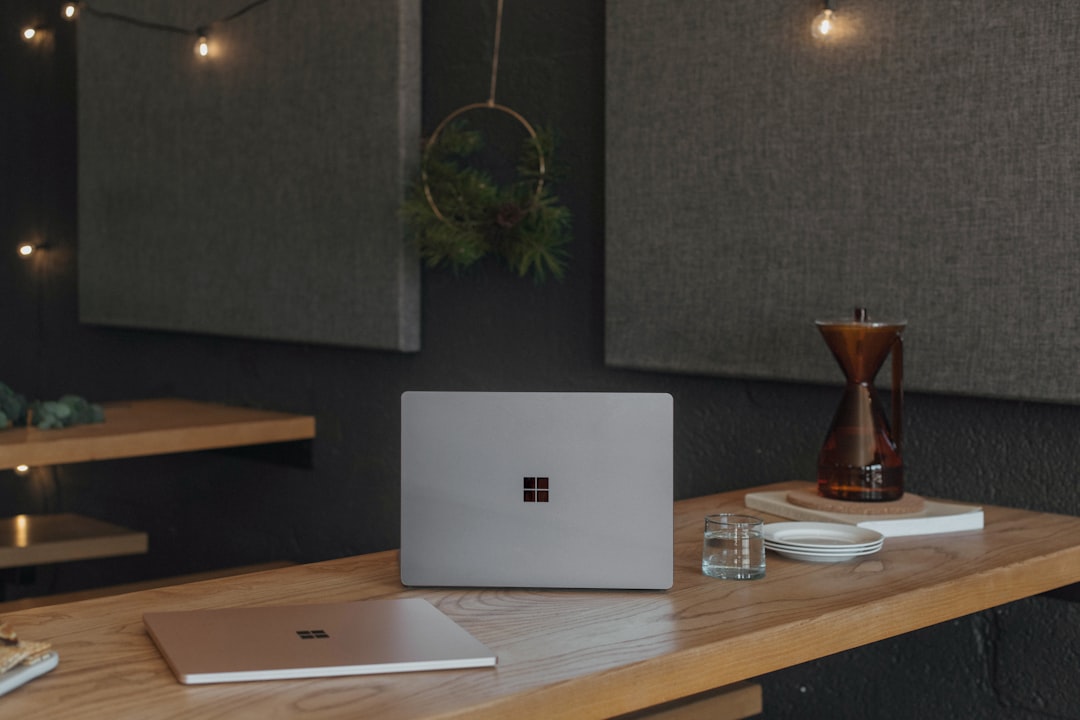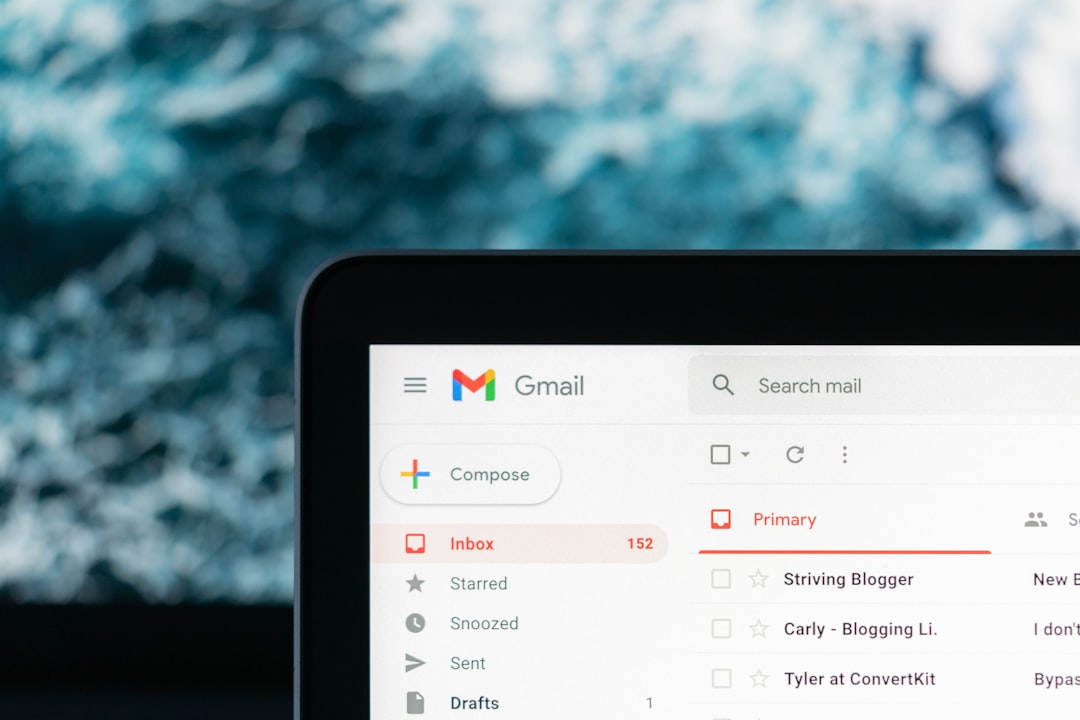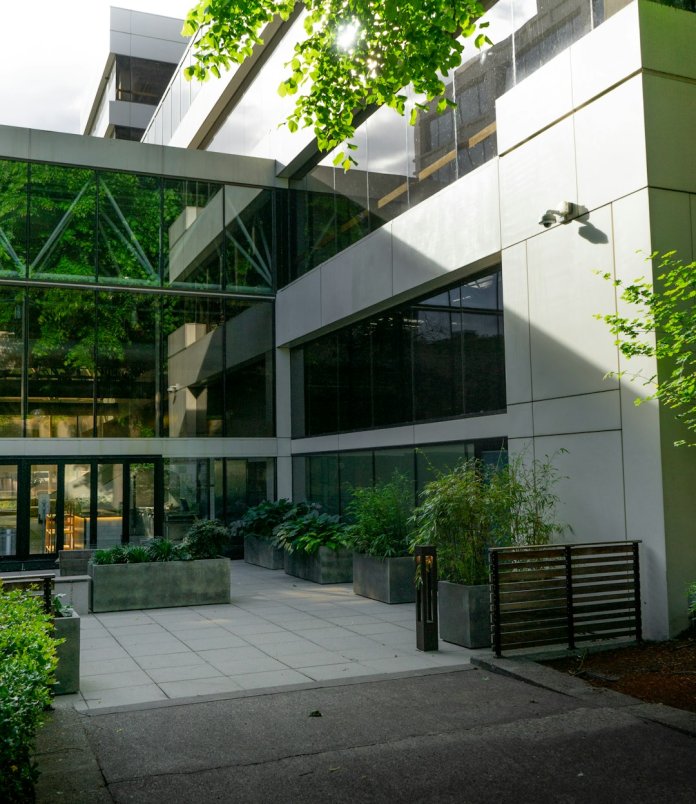In the sprawling landscape of Microsoft’s Redmond headquarters, few buildings hold as much strategic significance as Building 40. Nestled amid the company’s sprawling 500-acre campus, this modern edifice is more than just an office space—it is an epicenter of innovation, collaboration, and forward-thinking design. As Microsoft continues to redefine technological possibilities, Building 40 plays a critical role in connecting the company’s mission to the teams that drive it forward.
The Role of Building 40 in Microsoft’s Ecosystem
Building 40, located at the heart of Microsoft’s Main Campus in Redmond, Washington, stands out for its unique blend of architectural excellence and functional design. Its primary occupants are members of the Office and Experiences Group (OXO), which is responsible for some of Microsoft’s most widely used productivity applications including Word, Excel, PowerPoint, and Teams. As usage of these applications surges across businesses and institutions globally, Building 40 has become one of the most critical nodes in the company’s operational matrix.
The building also plays a strategic role in linking legacy Microsoft applications with the rapidly evolving needs of today’s hybrid work environments. It is here that project leads, software engineers, product managers, and user experience designers converge to rethink productivity for the digital age.
Image not found in postmetaArchitecture Designed for Innovation
Designed with an emphasis on energy efficiency and employee wellness, Building 40 embodies Microsoft’s broader commitment to sustainability and innovation. Natural light bathes the open workspaces through vast, floor-to-ceiling windows, while collaborative spaces promote spontaneous ideation sessions. This architectural philosophy is in keeping with the company’s overarching goals: transparency, openness, and interconnectivity.
- Open-plan workspaces that encourage team collaboration.
- Dedicated quiet zones designed for intense focus and development work.
- Smart HVAC systems and sustainable materials throughout the structure.
In addition to its functional office space, Building 40 houses several conference rooms, huddle areas, and even wellness rooms that reflect Microsoft’s modern approach to work-life integration. Many Microsoft employees who work in Building 40 note the deliberately balanced ratio between private and collaborative spaces, a design feature that fosters both deep individual work and group innovation.
Inside Building 40: A Culture of Collaboration
Step inside Building 40 and one quickly notices a palpable atmosphere of purpose. The walls are adorned with product timelines, UX concepts, and ideation notes—a testament to the continuous iteration that defines Microsoft’s development strategy. Conversations between product designers and software engineers often take place next to interactive whiteboards or over virtual reality simulations. The environment is one that encourages experimentation but is grounded in Microsoft’s rigorous engineering culture.
At the core of the building’s operations is the idea of agile collaboration. Teams often operate in cross-functional pods, blending engineering, design, testing, and product strategy to accelerate project timelines. This integrated model has been key in pushing the development of Microsoft 365 features and integrating AI-powered tools such as Copilot.
Key Projects Born in Building 40
Over the years, Building 40 has been a launching pad for major product enhancements and innovations. Some notable projects that have either originated or been heavily iterated within its walls include:
- Microsoft Teams: Rapid scaling and integration of Teams during the global shift to remote work.
- Copilot for Microsoft 365: The integration of AI into core productivity tools to enhance user efficiency.
- Loop components: A blend of productivity and flexibility designed to modernize workflows across Office apps.
Product demos and user testing are common sights within Building 40. With its proximity to user research labs and simulation centers, employees can access real-time feedback that informs product iterations. Additionally, the building frequently hosts internal hackathons—inviting Microsoft employees from other buildings and global offices—to collaborate and pitch new ideas.

The Integration of AI and Next-Generation Tools
As Microsoft continues to place artificial intelligence at the forefront of its strategy, Building 40 has become a center for AI-enhanced productivity development. From small experimental features within Excel to broader integrations like Copilot, the teams in Building 40 are pioneering how AI can adapt to real-time user needs and workplace dynamics.
Productivity with intelligence is a key theme in discussions throughout the building. Guided by Microsoft’s principles of ethical AI deployment, the developers and researchers in Building 40 are exploring ways to balance automation with transparency. This includes interactive dashboards, user data control tools, and features designed to explain AI-generated content, all of which are being tested and refined here before potentially rolling out globally.
Employee Experience and Culture
Culture is not just an abstract term at Microsoft—especially not in Building 40, where employee experience is a core design and operational pillar. Amenities such as ergonomic workstations, wellness rooms, and a nearby walking trail echo Microsoft’s goal of creating a healthy, productive workspace.
Moreover, Building 40 places a strong emphasis on inclusion and diversity. Internal resource groups often host events within its large meeting halls, tackling topics ranging from accessibility to women in technology. These gatherings are not only beneficial for social dialogue but also feed directly into the product development pipeline, ensuring that Microsoft’s tools serve as broad an audience as possible.
Security and Confidentiality
Given the sensitive nature of the work at Building 40—often involving unreleased or prototype software—security is taken extremely seriously. Access to certain areas is highly restricted, and many teams operate under non-disclosure agreements even within the company. Internal tooling and secure environments are in place to allow testing while maintaining the integrity of Microsoft’s intellectual property.
Moreover, the building is outfitted with cutting-edge IT infrastructure, along with cybersecurity monitoring tools that ensure data moving in and out of the environment is protected. These procedures allow Microsoft to innovate confidently while maintaining trust with customers worldwide.
The Future of Building 40
Building 40 is slated to evolve along with Microsoft’s broader restructuring of its Redmond campus. As part of a multi-year redevelopment plan, Microsoft aims to turn its Redmond headquarters into a more sustainable and technologically advanced campus. While many structures will be replaced or modernized, Building 40 is expected to remain a cornerstone due to its vital role in the Office experience and AI development efforts.
What lies ahead includes smarter meeting rooms, expanded virtual collaboration capabilities, and even deeper integration with Microsoft’s proprietary AI platforms. Employees and leaders alike see Building 40 not only as a symbol of Microsoft’s legacy but also as a launchpad for the company’s future ambitions in productivity and technology innovation.

Conclusion
In a company the size of Microsoft, with its many campuses and product lines, it’s easy for individual buildings to blur into one another. But Building 40 stands apart. It reflects the core of what Microsoft strives to be: innovative, inclusive, efficient, and future-ready.
From shaping everyday productivity tools to exploring the frontiers of AI-enhanced work, Building 40 is far more than an address within Redmond. It’s a space where ideas become products, where collaboration drives growth, and where Microsoft’s technological future is being built—one line of code at a time.
